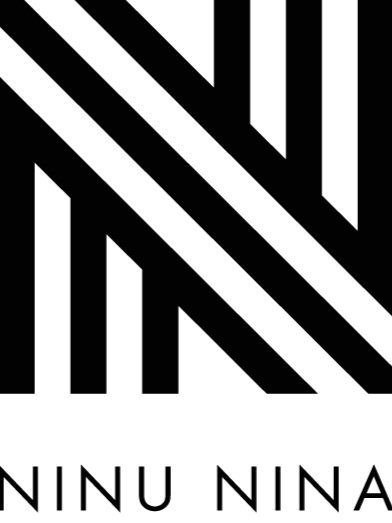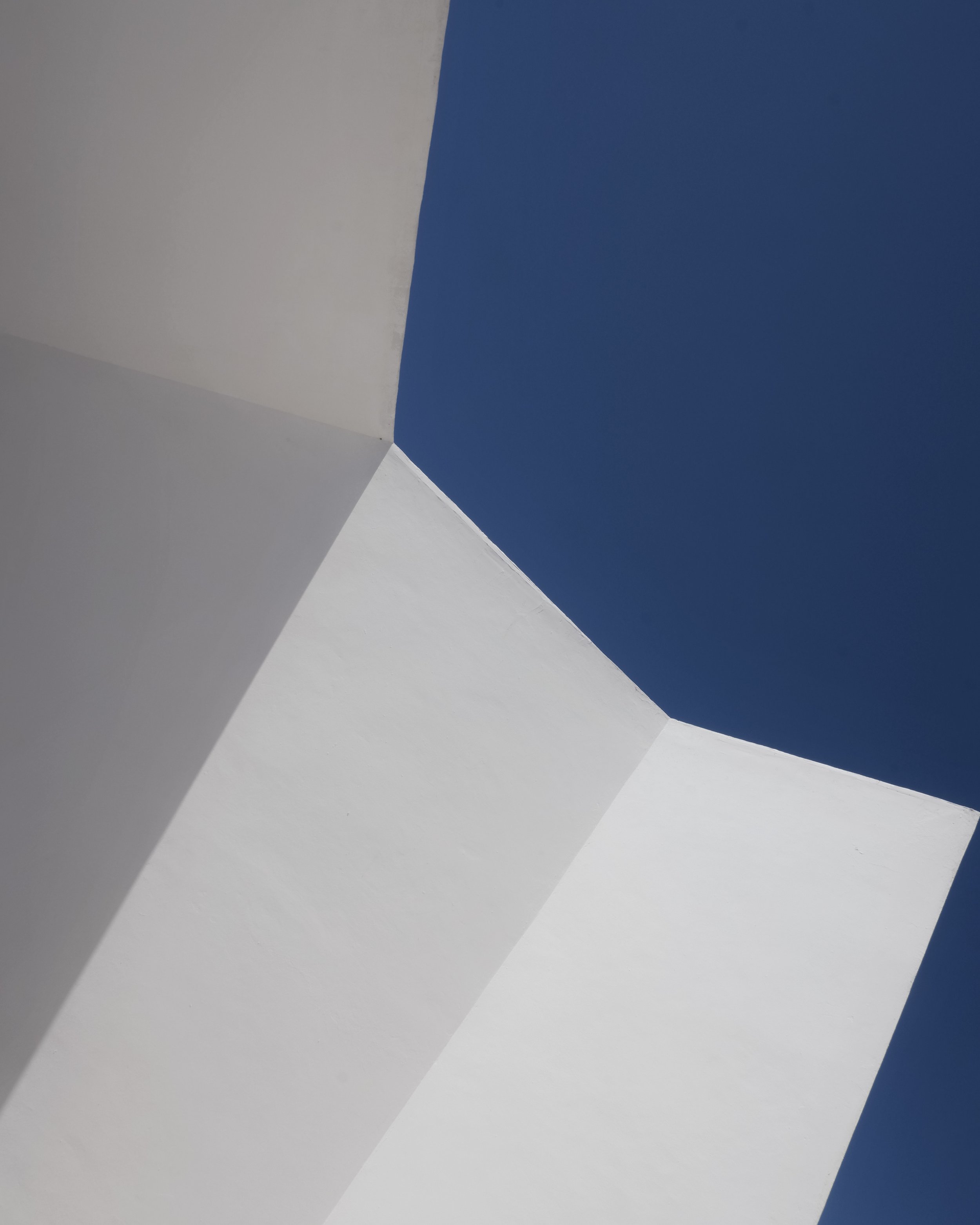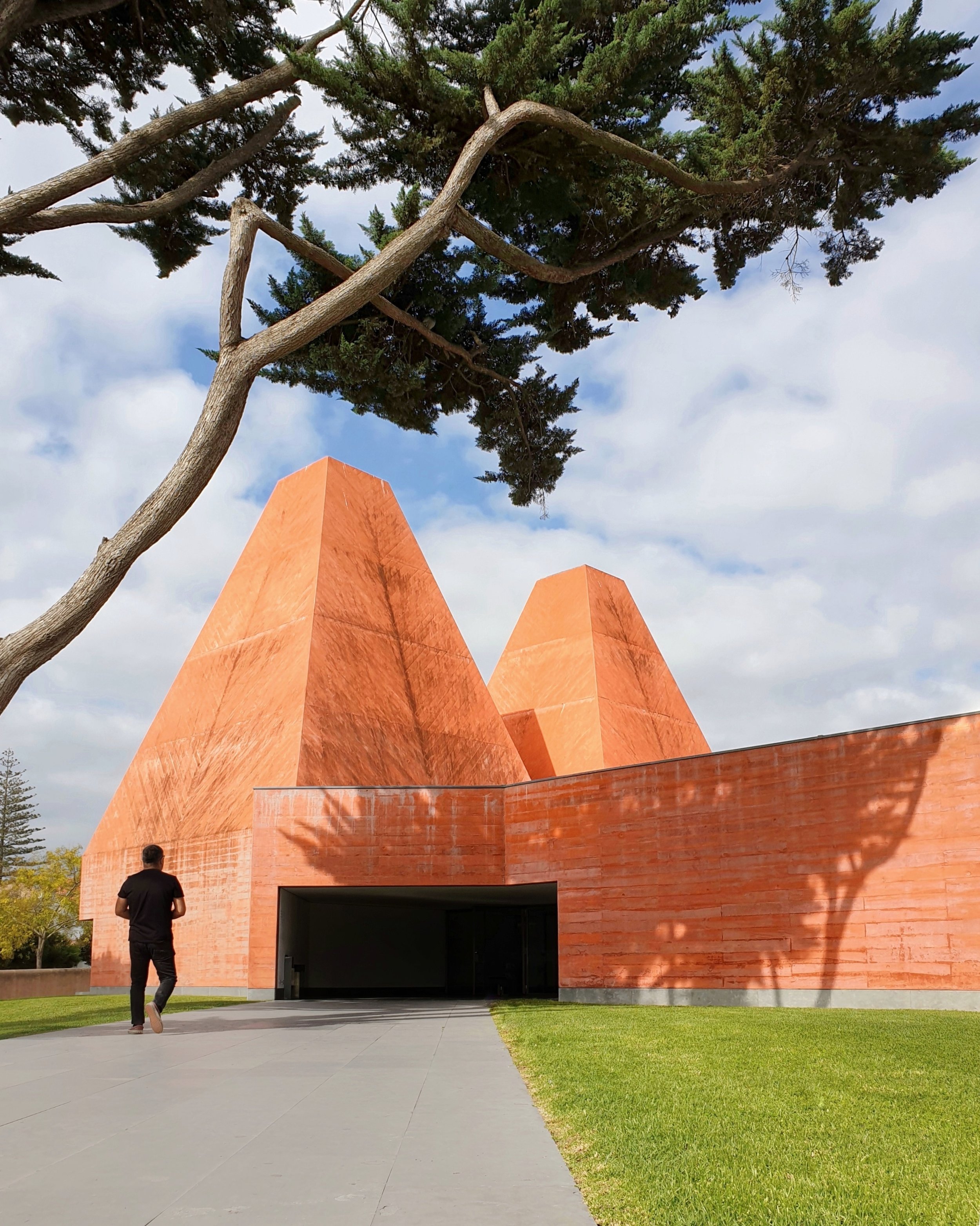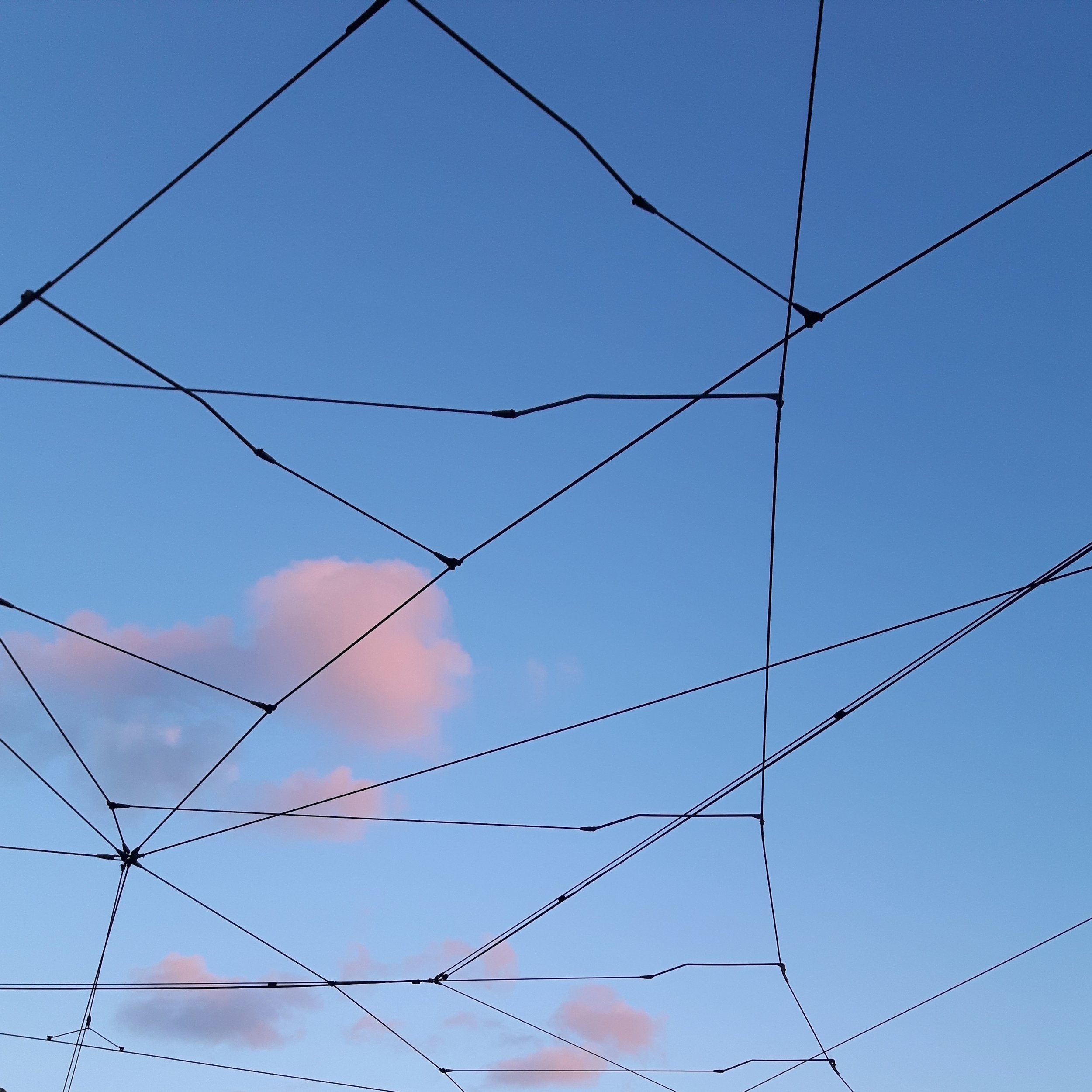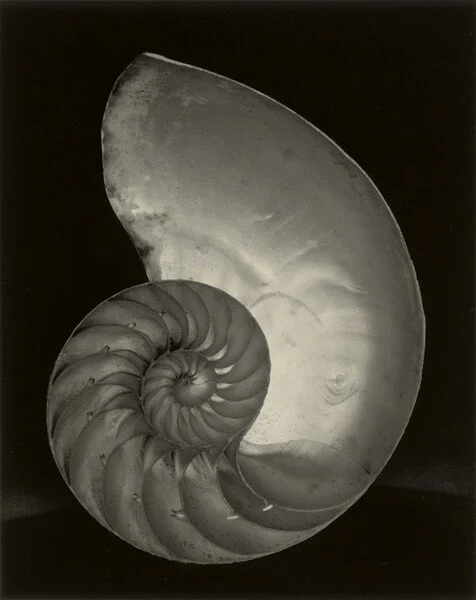A CONVERSATION WITH PHOTOGRAPHER DIOGO OLEIRO
I was born and raised in Lisbon, Portugal and my father taught me photography from a young age. At that time he owned a Nikon FM as well as an old Rolleicord, both analogical (film) cameras. Years later I took a course on photography, still with an analog camera, learning how to process film, develop 35 mm negatives, and print. I trained my eye to experiment and explore details, patterns, geometry, light and shadow. I stopped photography for some years and it wasn’t until later when I had a smart phone, that my interest in the medium came back to life.
Greatest Inspirations or Influences?
Edward Hopper and Maluda are artists with whom I feel a strong aesthetic connection.
In Hopper paintings I love the sense of solitude and, in a way, a quiet sense of resignation present in the scenes he painted. Human presence is minimal. This, along with composition, the absence of the unnecessary and an unusual light.
Maluda, painted mostly urban scenes, closed windows, and I absolutely adore her geometric interpretation of the world.
How does technology affect your work as a creative?
I bought a Fuji film camera and currently I used both my smartphone for capturing everyday scenes and the photographic camera whenever I go, on purpose, to photograph something, usually modern architecture, accompanied by friends and artists I’ve met over the years through Instagram. Also I don’t like “over the top” image manipulation but use it sometimes for object removal or to clear the imperfections.
Tell us about your creative process please.
Usually when I’m walking I do a “quick scan” on the surroundings to see if there is something worth taking a photo of. It can be a common object found in an unusual context, an architectural detail, an interesting light or shadow play, an angle, a nice colour- combo, etc.
With my camera the process is different. First I study the whole scenario and location, taking mental notes on current light conditions, location of the most interesting architecture features, angles, shadows, colors, etc. Then I move around, and shoot. Usually I take several photos with slightly different camera settings and points of view. It’s a more systematic and non-spontaneous approach.
How do you view the art world and the impact of social media on it.
I’m not a professional photographer- I do other things for a living. This grants me a huge advantage because I feel free to do and share my work without feeling restrained with things like “ will people will like it ?”, “will I lose followers if I publish this photo ?”, “this photo is completely different from my “usual” language, should I publish it ?”, etc. I’m really not a big fan of how the art world works. Often the smallest accounts with the least reach have the most interesting content ( on instagram) and in general I think it can be unfair and way too driven by commercial logic.
What does wellbeing mean to you?
I don’t practice anything in particular, being that a physical or non-physical activity. However I try not to stress. I think I’m generally a laid back, relaxed person. Life has taught me some lessons and age has brought me some wisdom. If something annoys me I try to process it as soon as possible. Some things and feelings just don’t deserve our time or energy.
